Hohhot NVP Telephone
The main domestic PVP product manufacturers are: Henan Boai Fine Chemical Plant adopts the monomer synthesis process developed by Zhejiang Research Institute of Chemical Industry, established an NVP production line, and can provide PVP, PVP/VA, PVPP and other products to the market. Henan Tsinghua Yongchang Fine The chemical plant used the technology of Tsinghua University to establish a production line for the synthesis of NVP from pyrrolidone and acetylene, mainly to provide monomer products to the market. Shandong Dongsheng Group Xinghua Chemical Company is also committed to the production of PVP products.
In addition, the infrared spectra of copolymerized PVP and cross-linked PVP are different due to the different comonomers or the molecular structure of the cross-linking agent. PVP has many infrared absorption peaks, from about 500cmT1 wavenumber to 3500cm' wavenumber. There are absorption peaks. Its characteristic absorption band is a band produced by a C-O stretching vibration transition, and the position of this band is in the range of 1660~1680cmT' Inside, according to the changes of the PVP molecular weight and other factors, the position of this band will have different degrees of difference. On the other hand, from the infrared spectrum of PVP, it can be seen that ---C=-O stretching vibration band width About 30~35cmT', the value is too large, indicating that there is a strong force between a C--O double bond and an amide bond--C--N--, and the left and right positions are -C--N--of the PVP molecule Stretching the vibration band, from which the content of PVP can be quantitatively estimated.
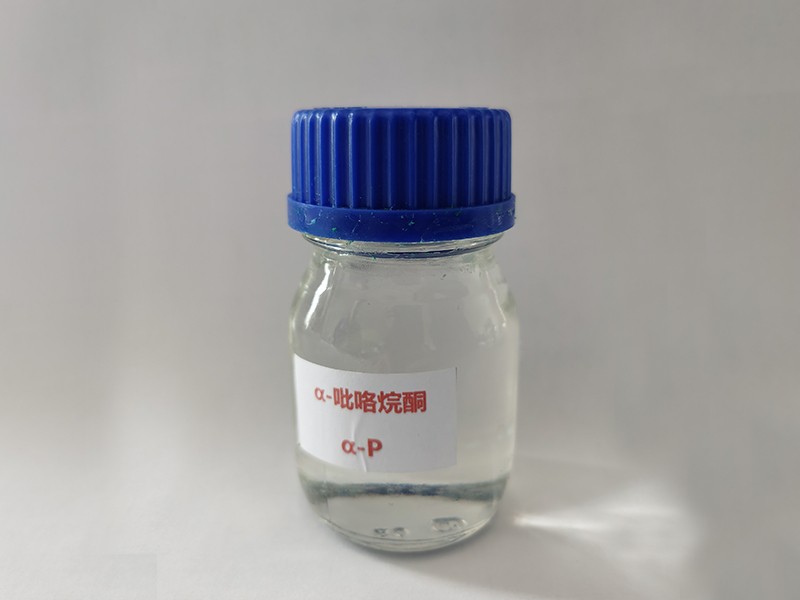
The γ-butyrolactone-direct dehydration method is a method that has been studied extensively in the synthesis of PVP monomer NVP. Especially in the past 10 to 20 years, a large number of articles on this method have been published, mainly about dehydration catalysts. .y-butyrolactone-direct dehydration method undergoes two steps of amination and catalytic dehydration to synthesize NVP. Aminolysis is the reaction of y-butyrolactone and ethanolamine under certain conditions to produce hydroxyethylpyrrolidone (NHP). Catalysis The research on dehydration reactions is relatively more active.In terms of catalysts, more are about the influence of dehydration catalysts on the results of dehydration reactions, but there is a lack of further research reports on how catalysts affect the reaction and the mechanism of catalytic dehydration reactions.
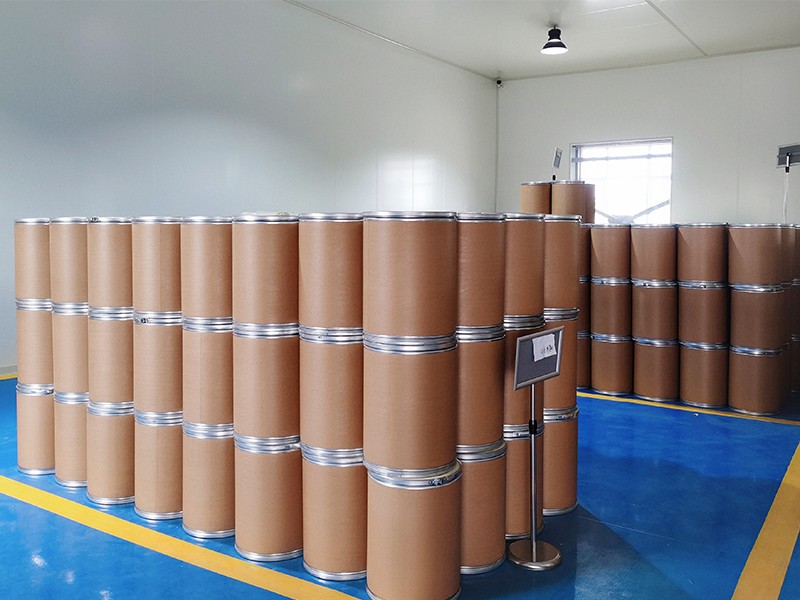
The Pesticide Factory in Luoding City, Guangdong Province has established a production line using the NVP monomer synthesis process of Guangdong University of Technology. The products that can be provided to the market mainly include monomers, PVP-K: (solid and liquid products) and PVP-I. Each PVP manufacturer was established in the 1990s, and the total annual production capacity of the product is estimated to be around 2000t. Other companies such as Japan and South Korea also have a small amount of PVP products. The raw materials y-butyrolactone and ethanolamine are added to the amine hydrolysis in proportion The reaction kettle is heated to above 180°C under agitation, so that the reaction materials are in a reflux state, and the reflux state is maintained for about 3 hours. Due to the reaction process, a part of water will be generated. Due to the low boiling point of water and the formation of an azeotrope with the product, the temperature of the system decreases. It will affect the smooth progress of the reaction.
It can be seen that both the acetylene method and the y-butyrolactone method have their own shortcomings, so there are still a large number of scientific and technological workers devoted to the research and production of NVP and its polymer PVP. The research on the synthesis of NVP and PVP with y-butyrolactone as a raw material began in the 1940s. Because y-butyrolactone is the main starting material, it is called the y-butyrolactone method. The method is divided into direct dehydration method and indirect dehydration method according to the different dehydration methods. The direct dehydration method is carried out in two steps. In one step, Y-butyrolactone and ethanolamine undergo aminated reaction to form α-hydroxyethylpyrrolidone α-NHP. , The second step is that α-NHP performs intramolecular dehydration reaction in the presence of a dehydration catalyst, and one molecule of water is removed to obtain monomer NVP.
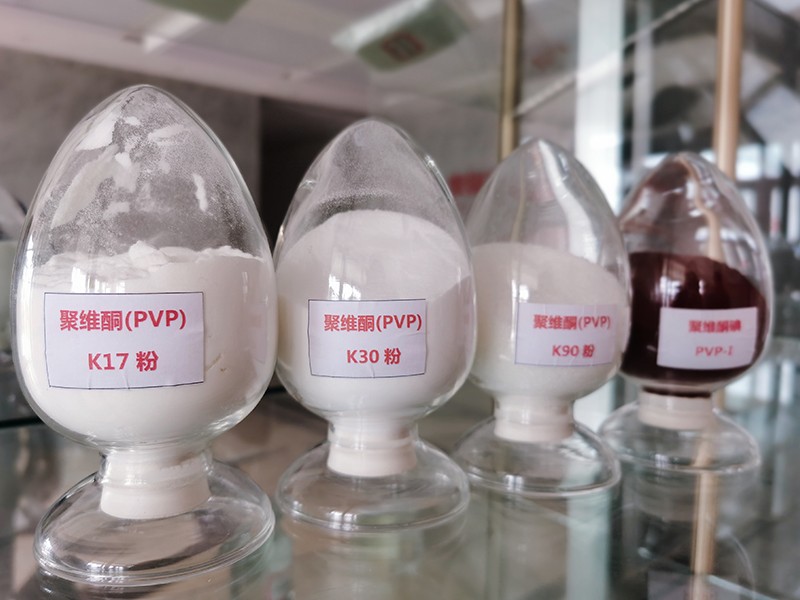
The polymerization reaction of NVP is suitable for almost all polymerization methods. From the perspective of the raw materials of the polymerization reaction, it can not only homopolymerize itself to obtain homopolymerized PVP, but also copolymerize with most monomers containing unsaturated functional groups to form copolymerized PVP. It can be cross-linked PVP through cross-linking polymerization with cross-linking agents containing bifunctional groups. Traditionally, the polymers polymerized by NVP are collectively called polyvinylpyrrolidone, or PVP for short. From the perspective of the polymerization reaction system, from the bulk polymerization Polymerization to emulsion polymerization, suspension polymerization and other polymerization methods can be used for the polymerization of NVP according to the requirements of the polymer.
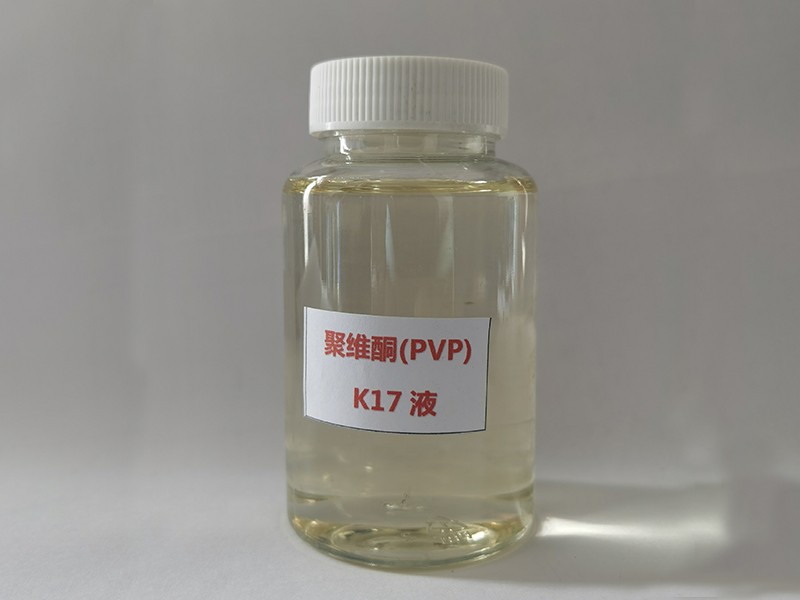
Hohhot NVP Telephone
The solubilization performance of PVP is that when a substance with a small solubility is dissolved in a solvent, when a certain amount of PVP is added to the solution, the solubility of the substance will increase. For example, the solubility of I in water is 0.16%, while in PVP The solubility of I in the aqueous solution increased to 0.58%, an increase of 38 times. Studies have reported that PVP can increase the solubility of many substances in aqueous solutions. For example, the presence of PVP makes the alkyl sulfate aqueous solution solubilize Sudan red, OB yellow and other dyes more than pure surfactant alkyl sulfate aqueous solution. PVP When it exists, the solubilization of OB yellow starts from the point where the surfactant is zero.
Therefore, it is necessary to remove the water generated during the amination reaction, so as to ensure that the reaction is carried out at 185±5°C. In addition, when the water is distilled off, some products are azeotropically carried out, which is also conducive to the positive progress of the reaction and maintain the temperature Continue the reaction for 15~17h, and stop the reaction when the conversion rate of the reaction reaches more than 90%. The reaction materials are fed to the distillation tower, and the product hydroxyethylpyrrolidone (NHP) is distilled out under reduced pressure. At the same time, the unreacted-butanol is distilled out. The lactone and ethanolamine are returned to the amination tank to continue the reaction. The results of the pilot test of the amination reaction part. The solvent benzene and the treated hydroxyethylpyrrolidone (NHP) are added to the vinylation reaction tank in proportion, and the auxiliary is added after stirring and mixing. The temperature is raised to above 100℃, and the reaction is stirred for 1~1.5h. The water generated during the reaction needs to be removed in time, then the temperature of the system is reduced to 65±5℃, the catalyst is added, and the reaction is continued to stir for 1.5~2h. The materials are put into the storage tank and input into the solvent recovery tower, and the solvent benzene is evaporated between 65~90°C under normal pressure for recycling. The remaining materials are input into the product distillation tower, and the product NVP is distilled out at a vacuum of about 0.085MPa.
Hohhot NVP Telephone
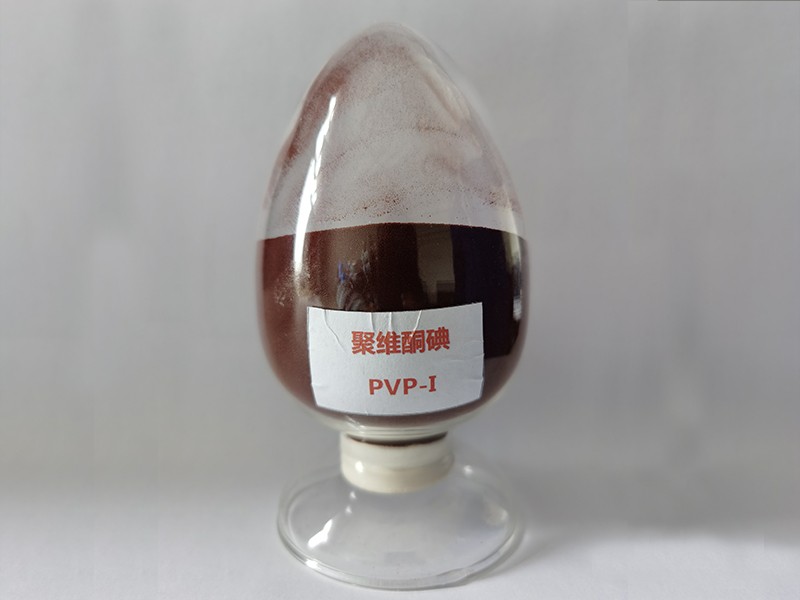
Or add 30%-40% butynediol aqueous solution in the high-pressure fixed bed reactor to suspend the Ni catalyst in it, and then pass high-pressure H for the reaction, until the butynediol is almost hydrogenated into 1,4- Obviously, in terms of the ratio of reactants, if H is excessive, the conversion rate of butynediol is close, and the selectivity of Ni catalyst with appropriate macroscopic physical properties can improve the selectivity of 1,4-butanediol .1,4-Butanediol in the presence of a copper catalyst removes one molecule of H to form a five-membered ring of r-butyrolactone. Y-butyrolactone is not only an important intermediate and raw material for the synthesis of NVP, but also the synthesis of other pyrrolidones An important raw material for similar substances (such as methylpyrrolidone).

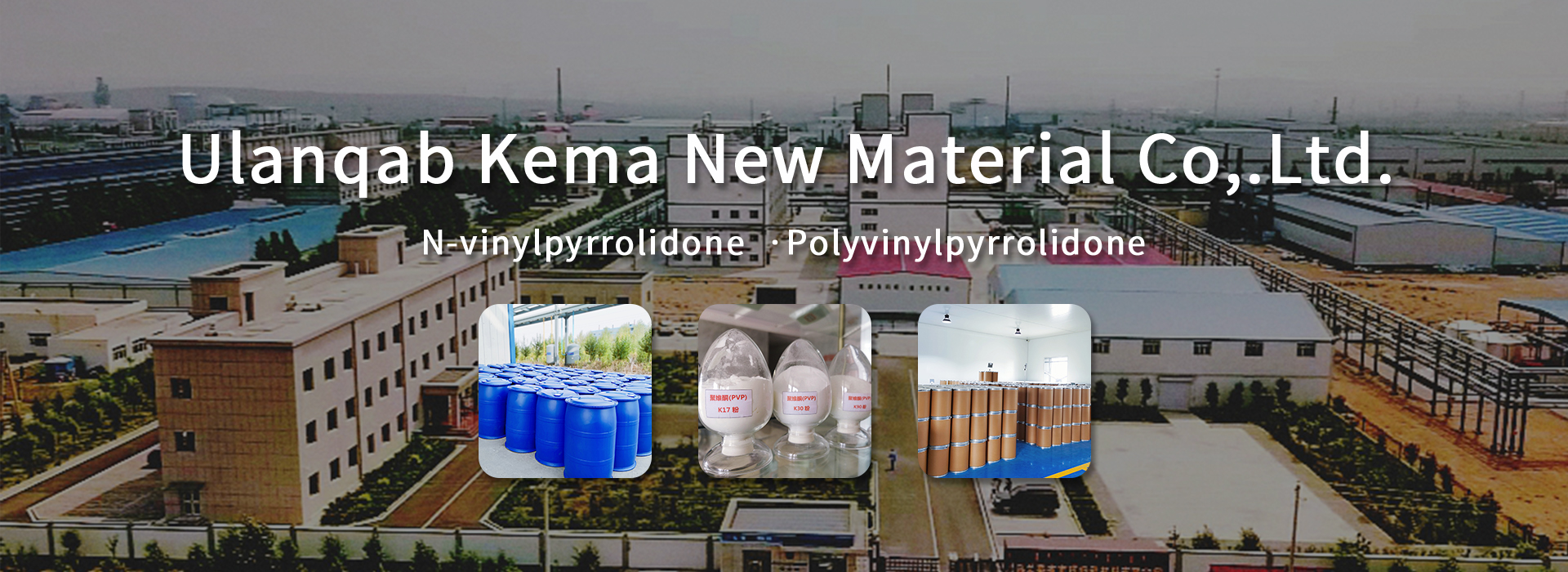


 全国服务热线
全国服务热线